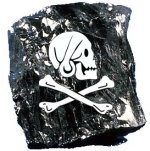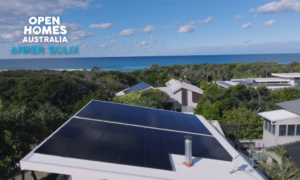There’s a saying about throwing good money after bad – and some would consider the additional millions of dollars of taxpayer money recently given to the Callide Oxyfuel Demonstration Project might be covered by it.
According to The Age, the Federal and Queensland government and the coal industry unveiled the Callide Oxyfuel Demonstration Project over the weekend.
The project consists of using processes to capture carbon dioxide from power stations and then store it deep underground – essentially sweeping dirt under the rug (and hoping it stays there).
According to a statement issued by Minister for Resources and Energy, Martin Ferguson’s office, the Callide Oxyfuel Demonstration Project received the additional funding to extend its demonstration phase by fifteen months.
The Federal Government is kicking in $14 million dollars.
“This will allow the project to achieve the 10,000 cumulative operating hours required as a standard to demonstrate new technologies,” said the Minister.
While there have been huge sums of money invested in CCS (Carbon Capture and Storage/Sequestration) in recent years, the $208 million Callide Oxyfuel Project is one of a handful in the world to move beyond concept into construction.
The technology for this project involves two stages. According to Callide Oxyfuel Project Director Dr Chris Spero, the first stage involves the combustion of coal in a mixture of oxygen and recycled exhaust gases to concentrate carbon dioxide and pollutants such as oxides of sulfur and nitrogen into a much smaller volume of waste gas.
The second stage is the capture of these components to avoid release into the atmosphere – and that is an issue that raises all sorts of concerns.
“It’s not good enough to pump the CO2 underground and just hope it stays there. There has to be genuine risk management – for the investors in these projects, as well as for the atmosphere,” says Matthew Wright of climate solutions think-tank Beyond Zero Emissions.
Another issue is the process does not capture highly toxic mercury emissions. Coal-fired power plants are the single largest source of mercury air pollution, accounting for roughly 40 percent of all mercury emissions.
The costs of CCS are also astronomical.
“If you add the huge costs of capturing, compressing and storing underground to coal combustion, renewables look cost-competitive already – and renewable energy costs are still falling,” said Mr. Wright.














































